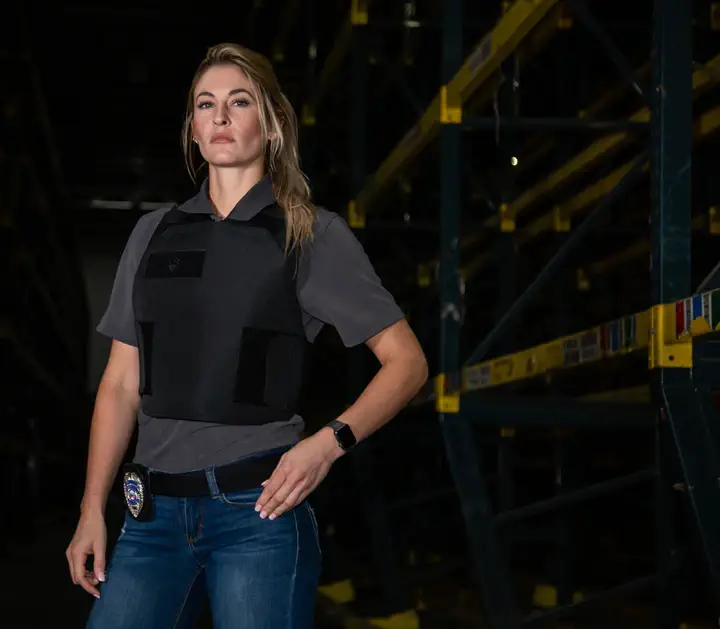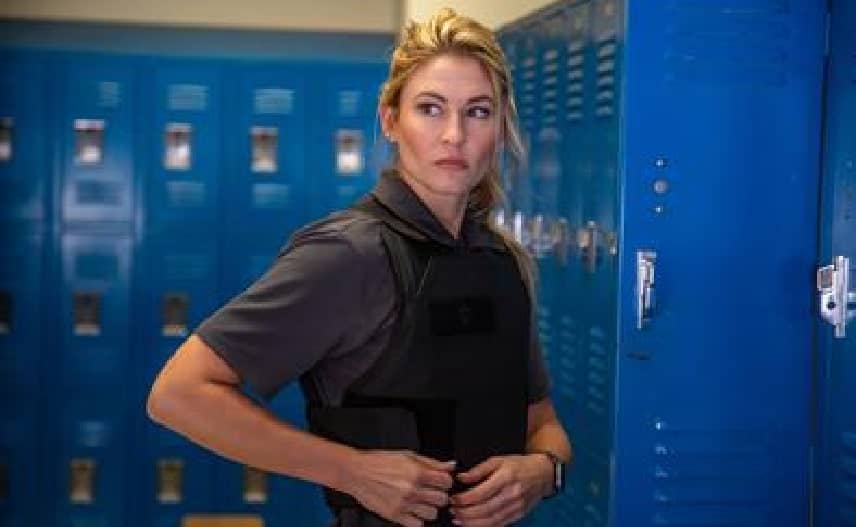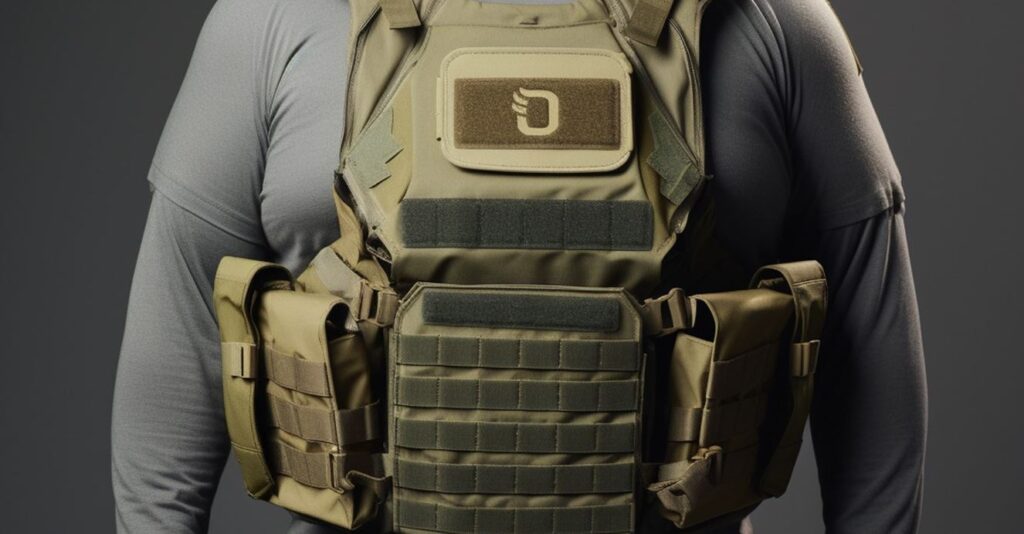Body armor, often in the form of bulletproof vests, plays a crucial role in various occupations where risk levels can escalate unexpectedly. For professionals like law enforcement officers, security personnel, or even journalists in conflict zones, body armor is a vital part of their safety equipment, designed to protect them against potential harm. However, it’s not only professionals who are finding a need for this protective gear. Given the changing dynamics of safety in today’s world, more civilians – both men and women – are considering body armor as part of their personal safety strategies.
Historically, the design and manufacturing of body armor have been male-focused. This male-centric bias in design has roots in military history, where combat roles were traditionally occupied by men. Consequently, body armor was predominantly engineered to fit male bodies, overlooking the different physiological needs of women.
As gender roles have evolved and more women take on roles previously dominated by men – including those in law enforcement, military, and other high-risk professions – there’s been a growing recognition of the need for body armor designed for women. Furthermore, civilian women looking for personal protection are also part of this demand. This article aims to delve into the considerations and tips for women when choosing body armor, ensuring optimal fit, comfort, and protection.

Unique Challenges Women Face with Body Armor
Fit And Comfort Issues With Traditional Body Armor
Women often encounter fit and comfort issues when using traditional body armor. Designed primarily for male wearers, traditional vests may not accommodate the female form adequately, leading to discomfort and reduced mobility. For instance, standard bulletproof vests may not account for a woman’s chest, waist, or hip measurements accurately. This mismatch can result in body armor that’s too tight in some areas and too loose in others, leading to chafing, restriction of movement, and overall discomfort during prolonged wear.
Potential Safety Implications
Ill-fitting body armor doesn’t just lead to discomfort – it can also pose serious safety risks. Body armor works by dispersing the force of a bullet or shrapnel over a larger area. If the vest doesn’t fit snugly against the body, it may not provide optimal protection. For women, an ill-fitting vest could leave vital areas unprotected or cause the vest to shift position, potentially reducing its effectiveness.
Personal Experiences Women In High-Risk Occupations
Personal anecdotes from women in high-risk occupations often highlight these challenges. For example, female law enforcement officers and military personnel have shared experiences of bruising, discomfort during movement, and worries about inadequate protection due to ill-fitting body armor. These accounts underline the need for body armor designed with women’s physical dimensions and comfort in mind.
Advances in Women’s Body Armor Design
The design of body armor has evolved over the decades, but it wasn’t until the late 20th and early 21st century that significant changes for women were seen. The shift was driven by an increasing number of women in the military and law enforcement and a growing awareness of the unique fit and comfort challenges women faced with traditional body armor. Initial changes were largely incremental, with manufacturers offering smaller sizes or slight design modifications. However, these adjustments were not always sufficient, leading to calls for more substantial, women-focused innovations in body armor design.
New Features And Designs For Women
Today, we are seeing body armor designs specifically tailored to the female form. These new designs consider factors like the contours of a woman’s body, the distribution of weight for better comfort, and adjustable features for a more personalized fit. For instance, vests are now available with bust accommodations, contoured waistlines, and adjustable straps for better fit and comfort. Some manufacturers are also using flexible, lighter materials to reduce the overall weight without compromising protection.
Effectiveness And Acceptance Of These New Designs
Initial assessments of these new designs are promising. Women who have tried these new vests report increased comfort and mobility, indicating better overall fit. Furthermore, these designs do not appear to compromise safety, meeting the same rigorous standards as traditional body armor. These positive results suggest that these innovations are not just marketing gimmicks but meaningful improvements that address the unique needs of women when it comes to body armor. However, long-term studies and continued feedback are needed to confirm these initial findings and guide further improvements.

Considerations When Choosing Body Armor for Women
Key Considerations
When selecting body armor, women should consider several key factors.
● Fit: body armor should conform closely to the body without being overly restrictive.
● Comfort: especially for those who need to wear body armor for extended periods.
● Mobility: should not be significantly hindered, and the armor should allow a full range of movement.
● Level of Protection: The level of protection the armor provides is paramount. It should meet or exceed the threat level the wearer is likely to encounter.
Different Types Of Body Armor
There are several types of body armor available, each providing different levels of protection. Soft body armor, for example, is generally lighter and more flexible, designed to protect against handgun rounds. Hard body armor, on the other hand, is more rigid and can protect against high-caliber and armor-piercing rounds. Some body armor options offer a combination of soft and hard elements for versatile protection.
Advice From Industry Experts
Industry experts suggest that women when shopping for body armor, should focus on getting a precise fit and selecting a reputable manufacturer. Always check if the manufacturer follows the standards set by the National Institute of Justice (NIJ), the governing body for ballistic standards.
Practical Tips for Women Selecting and Using Body Armor
Proper measurement is the first step to ensure a good fit. Measurements should include the chest at the fullest part, the waist, and the hip. It’s also necessary to measure the length from the collarbone to the waist to ensure the armor does not impede movement or sit too low.
Wearing body armor correctly is crucial for its effectiveness. The front of the armor should reach the level of your navel, while the back should align with the front. The sides should meet or overlap to provide full lateral protection. The armor should be adjusted so that it is snug but not overly tight.
Regular care and maintenance can extend the life of body armor and ensure it provides the highest level of protection. Body armor should be stored flat at room temperature. While some carriers are machine washable, the ballistic panels should be removed and cleaned with a damp sponge or cloth. Body armor should be inspected regularly for signs of wear or damage. If any defects are noticed, they should be replaced immediately.
The Future Of Women’s Body Armor
Research and Development
Ongoing research and development in women’s body armor promise even better and more personalized fit and protection in the future. Researchers are exploring the use of advanced materials and manufacturing techniques, such as 3D printing, to create armor that conforms perfectly to an individual’s body. There’s also ongoing work to improve the comfort and wearability of body armor, making it lighter and more flexible without sacrificing protection.
Future Advancement Predictions
Predictions for the future of the body armor industry suggest that as the presence of women in high-risk professions continues to grow, so too will the demand for women’s body armor. Advancements in technology, combined with a growing recognition of the need for gender-specific equipment, are likely to lead to more innovation and improved designs.
Despite these advancements, there is still a long way to go in terms of gender inclusivity in protective equipment design. The industry needs to continue to prioritize and invest in developing products that meet the needs of all users, regardless of their gender. As the conversation around gender inclusivity in this area grows, it is hoped that more manufacturers will rise to the challenge.
Final Thoughts
Body armor is an essential piece of protective equipment for many individuals, particularly those in high-risk occupations. For women, finding body armor that fits correctly and offers the required level of protection has been a significant challenge, but one that the industry is beginning to address.
There are several considerations and tips that women should keep in mind when selecting body armor. These include taking precise measurements, understanding the different types of body armor available, and prioritizing fit, comfort, mobility, and protection levels.
The evolution of women’s body armor is a testament to the increasing recognition of women’s unique needs in safety equipment. With ongoing research and development, the future of women’s body armor looks promising. As these improvements continue, it is hoped that women will feel safer and more comfortable, whether they’re in high-risk professions or simply looking for personal protection.



